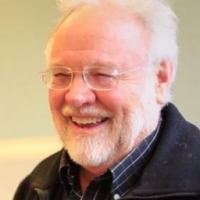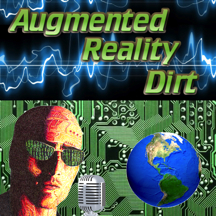Tom Furness is a pioneer in human interface technology and grandfather of virtual reality. He earned a BS degree in Electrical Engineering from Duke University and the Ph.D. in Engineering and Applied Science from the University of Southampton, England. Tom is currently a professor of Industrial Engineering and Systems Engineering with adjunct professorships in Electrical Engineering, Mechanical Engineering and Human Centered Design and Engineering at the University of Washington (UW), Seattle, Washington, USA. He is the founder of the Human Interface Technology Laboratory (HIT Lab) at UW and founder and international director of the HIT Lab NZ at the University of Canterbury, Christchurch, New Zealand and the HIT Lab Australia at the University of Tasmania, Launceston, Tasmania. He is also an Erskine Fellow and Adjunct Professor at the University of Canterbury and an Adjunct Professor at the University of Tasmania.
Prior to joining the faculty at the UW, Tom served a combined 23 years as an U.S. Air Force officer and civilian at the Armstrong Laboratory at Wright-Patterson Air Force Base, Ohio, where he developed advanced cockpits and virtual interfaces for the Department of Defense. He is the author of the Super Cockpit program and served as the Chief of Visual Display Systems and Super Cockpit Director until he joined the University of Washington in 1989. He is credited as a pioneer in developing virtual reality and augmented reality.
Tom lectures widely and has appeared in many national and international network and syndicated television science and technology documentaries and news programs. He is the inventor of the personal eyewear display, the virtual retinal display, the HALO display and holds 19 patents in advanced sensor, display and interface technologies. With his colleagues Dr. Furness has started 27 companies, two of which are traded on NASDAQ at a market capitalization of > $ 7 B (USD). In 1998 he received the Discover Award for his invention of the virtual retinal display.
Tom is also co-inventor of the SPM (spectral matching) technology licensed to Visualant Inc. He continues to serve as a Senior Scientific Advisor for the company and recently received the 2013 SPIE Prism Award for his invention of the ChromaID technology.
His current projects deal with developing pulse diagnosis as a early warning system for cardiovascular disease and the start up of the Virtual World Society, a non-profit for extending virtual reality as a learning system for families.
Dr. Furness and his wife Linda live in Seattle, Tofino (Vancouver Island), British Columbia and Christchurch NZ. They have two daughters and four grandchildren. His favorite pastime is playing with his grandchildren.
Contact Information: !Email: tfurness@uw.edu





























